Backyard bird feeding can be a pleasant pastime for you and your family—and you’re in good company, with 73% of the US population engaging in this hobby at any given time. But a relaxing commune with nature could quickly turn sour when rats and other pests start to appear. We’ll show you a few tried and tested tips on how to stop these pests from invading your feeders and overtaking your yard (or your home).
What are the Most Common Bird Feeder Pests?
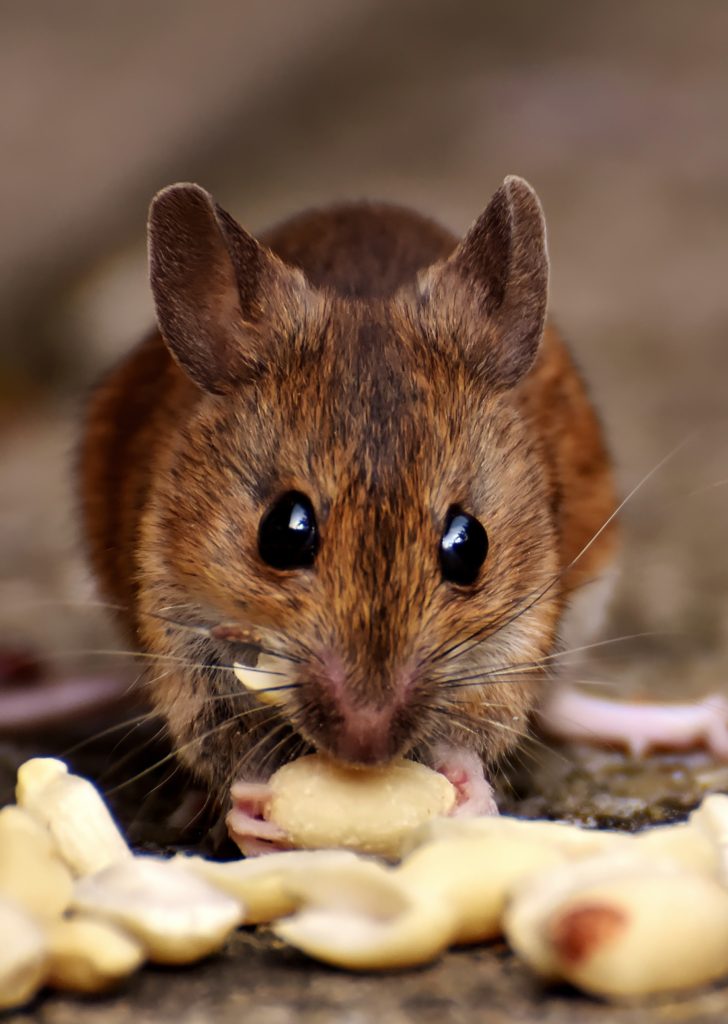
The most common bird feeder pests are rodents like rats, squirrels, and chipmunks, as well as raccoons. Some birds—often called “bully birds”— can also be feeder pests, as they often eat all of the seed and act aggressively towards other birds that are trying to feed. These birds include grackles, blackbirds, pigeons, and starlings. Hawks can also be a problem, as they prey on other birds at your feeder as well as smaller household pets.
While all the above are considered bird feeder pests, you may not have a problem with some (squirrels, perhaps) while wanting to prevent others (like rats). The pest-proof measures we’ve listed below can be used individually or collectively to attract the wildlife you want to your yard and repel that which you don’t.
How to Prevent Bird Feeder Pests
Keep it Clean
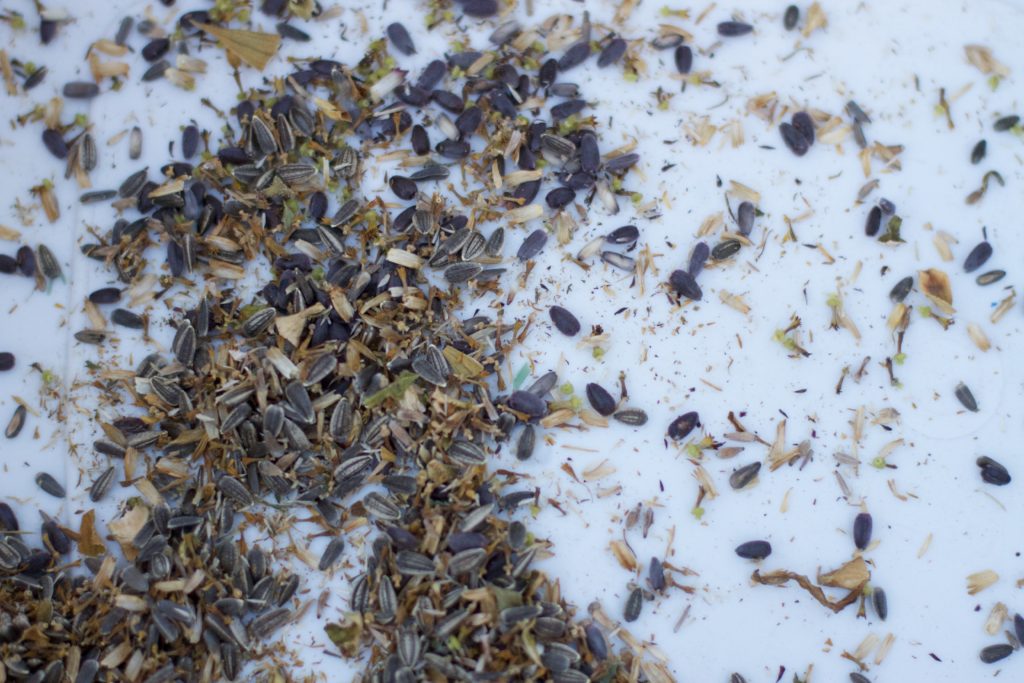
It’s important to clean your bird feeders regularly—once a month with a disinfecting solution is recommended, but at the very least you should be cleaning them every spring. To prevent pests, however, you need to keep the ground under the feeders clean as well. Fallen seed and nuts will attract rodents, pigeons, starlings, and blackbirds. Instead, regularly sweep or (for dirt areas) rake the area below the feeder. Oftentimes, birds will throw low-quality seed out of a feeder; to prevent this problem, purchase a high-quality bird seed for these discerning foodies, greatly reducing the mess around your feeders, meaning less pests and less clean-up time. This also minimizes your chance of attracting bully birds, as they are often attracted to ground feeding.
Use a Seed Tray
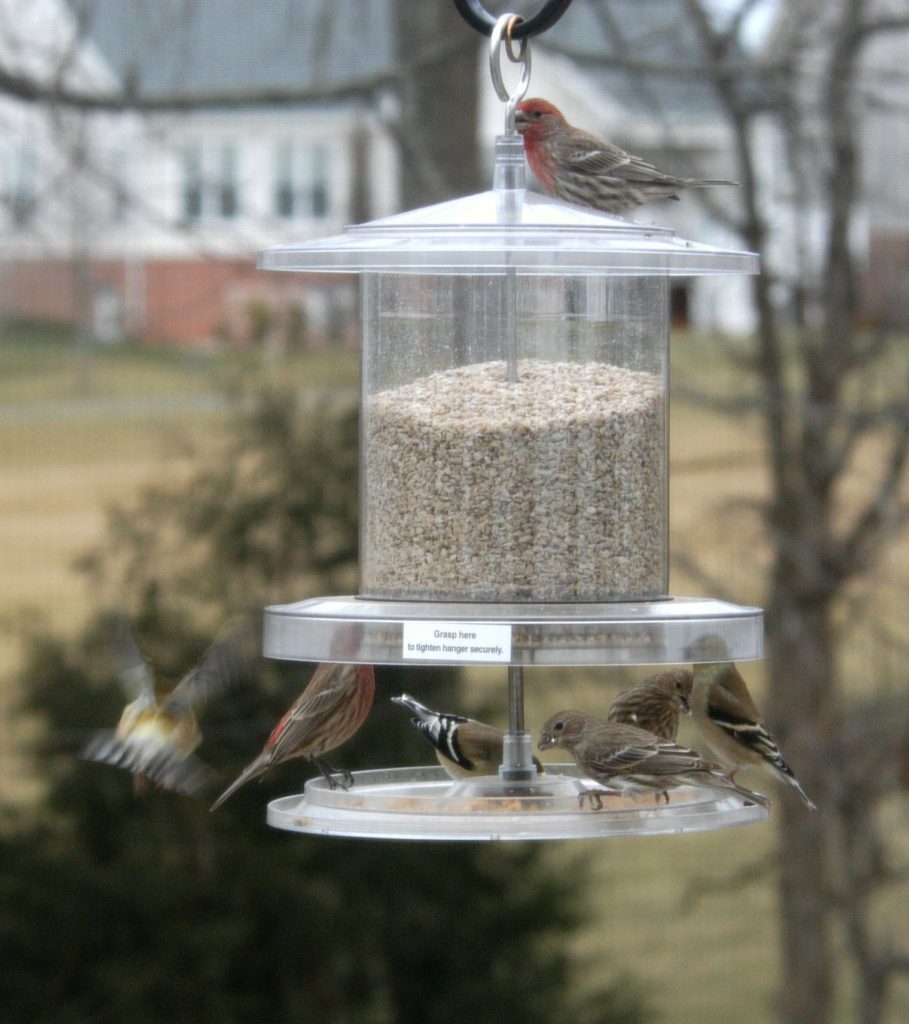
Another way to reduce feeder mess and pests at the same time is by adding a seed tray underneath your feeder. Some feeders have the seed tray built in for added convenience. There are several seed tray options, including those that can be mounted directly to the bottom of your feeder, or to a pole (for pole-mounted feeders). Remember, though, that not all seed trays are equal. Small trays will only catch a fraction of the falling seed, so we recommend a larger seed tray (regardless of feeder size), which will prevent spilled seed from ending up on the ground.
Add a Baffle

A baffle is a tool that prevents squirrels and other pests from accessing your bird feeder. You can add a baffle to the top or bottom (or both) of your feeders—this stops them from climbing up or jumping down to reach the feeder. Baffles can be used on both hanging and pole-mounted feeders, though the pole should also be situated more than 10’ from any surrounding trees or structures that rodents can jump from. On hanging feeders, a good pest-proof solution is to add a baffle to the top of the feeder, and a seed tray to the bottom—therefore preventing squirrel access and seed spill that attracts pests in one fell swoop. And for an elegant all-in-one solution, ask us about our bird feeders with built-in baffles.
Try a Squirrel-Proof Bird Feeder
As their name suggests, squirrel-proof bird feeders are built so that birds can feed, but squirrels can’t. Squirrel-proof bird feeders often include spring-loaded perches that hold feeding birds fine but collapse when too much weight is applied (the weight of a squirrel). Some of these types of feeders have adjustable weight settings for the perches to also prevent lighter rodents and larger birds from getting to the feed.
Other squirrel-proof feeders are built with cages around them, so that bird beaks can still get at the goods, while squirrels can’t. Still others have domes—which act just like baffles—as part of their design.
Offer Hot Pepper Suet
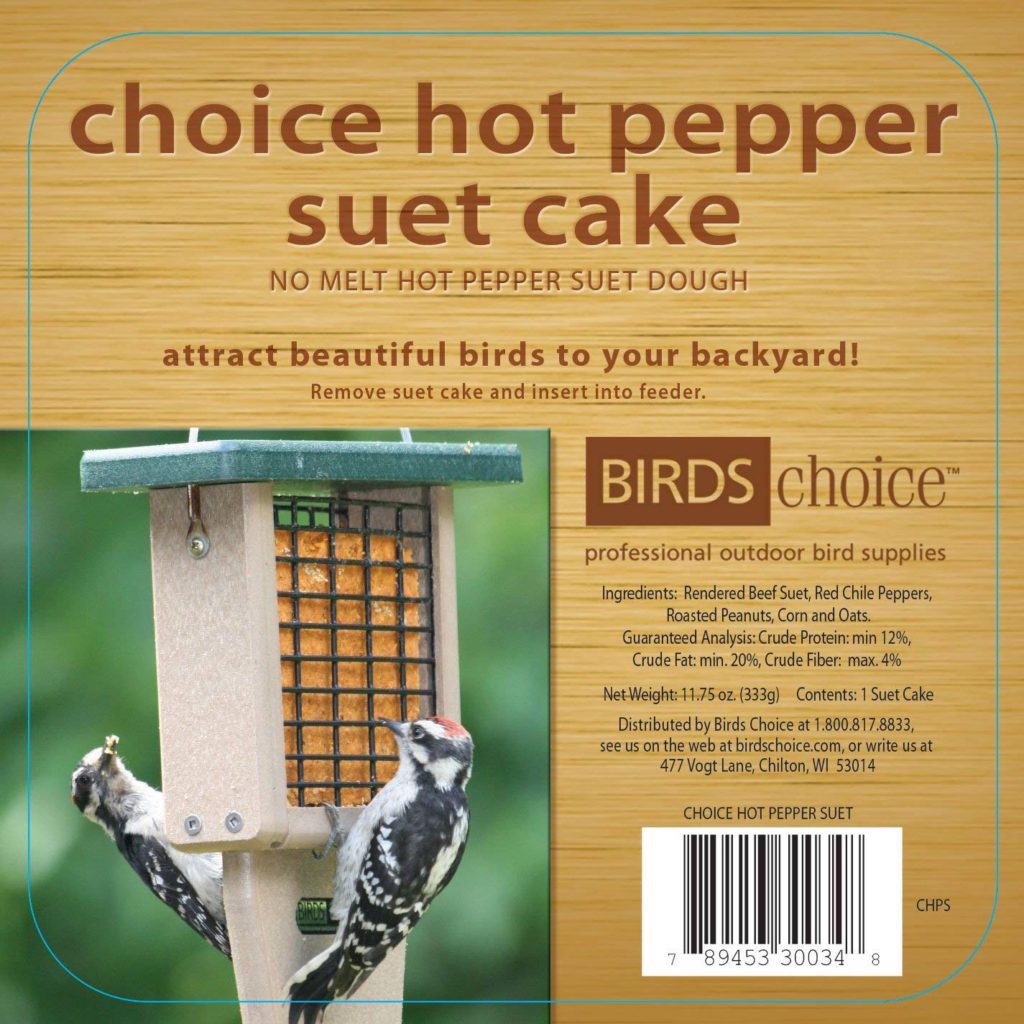
Suet made with hot peppers will deter squirrels, raccoons, bears (which are common to the Big Bear area) and other pests, while still attracting your favorite birds. Since birds don’t react to capsaicin, the active ingredient in hot peppers, it doesn’t harm them. Squirrels, rats, and other rodents typically don’t like the smell of the hot pepper and will steer clear—and even if they do eat it, it won’t harm them, but the taste will repel them. You can also sprinkle some cayenne pepper in your bird seed for the same effect.
Install an Owl House
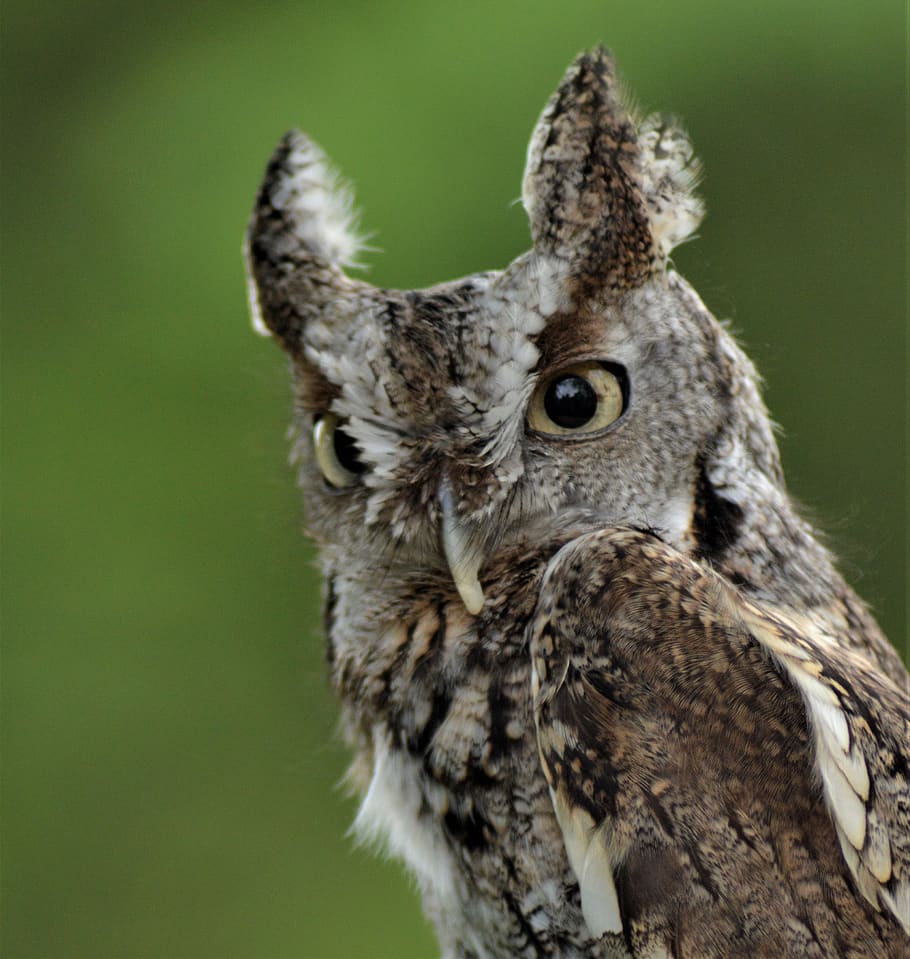
To stop bird feeder pests, sometimes you just have to look up the food chain a few notches. Attracting owls to your yard with an owl house is the perfect way to get a rat problem under control—or even prevent it in the first place. On average, owls eat up to12 mice in one night! They are also a natural predator of voles, gophers, skunks, rabbits, squirrels, and other garden destroyers. And though owls sometimes do attack cats and small dogs, it’s a rare occurrence; however, as a precaution, pets should not be left unattended outdoors.
Let Them Eat (Suet) Cake!
If, like Marie Antoinette, you have a laissez faire attitude towards feeder pests, and believe that spilled seed is fair game for all, you’re welcome to ignore these tips and enjoy your backyard menagerie! And here’s a “self-cleaning” bird feeder tip: let the feeder go empty for a few days to encourage birds to eat the spilled seed on the ground.
Got Bird Feeding Questions? Chirp Can Help!
At Chirp Nature Center, we are always looking for ways to connect people with nature—and we love a good challenge! If you have specific questions about wild bird feeding, controlling feeder pests, or turning your yard into a wildlife habitat, we’re available for a consultation. Call us at (888) 412-4477 or visit us in person!



